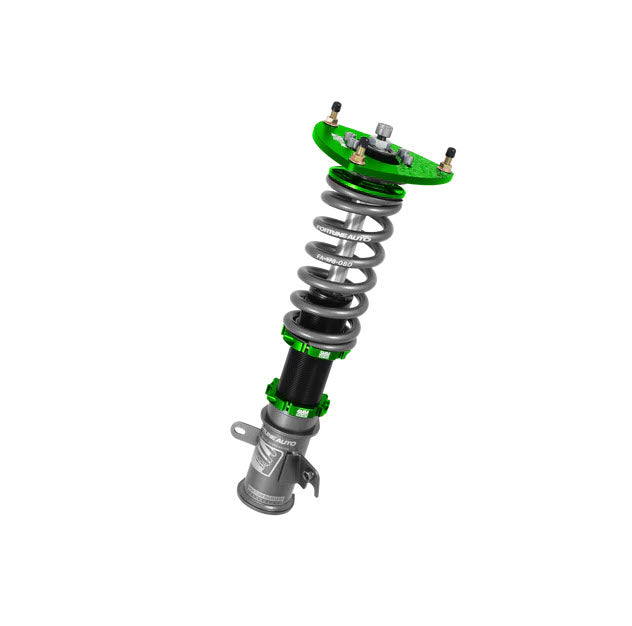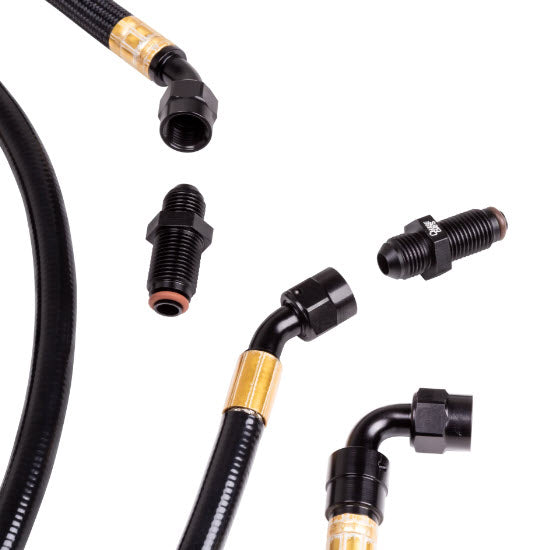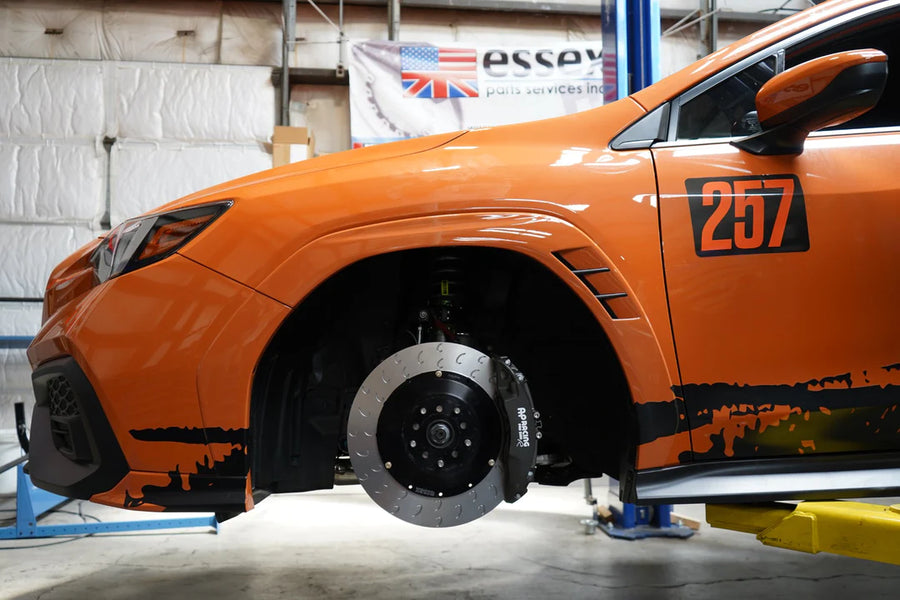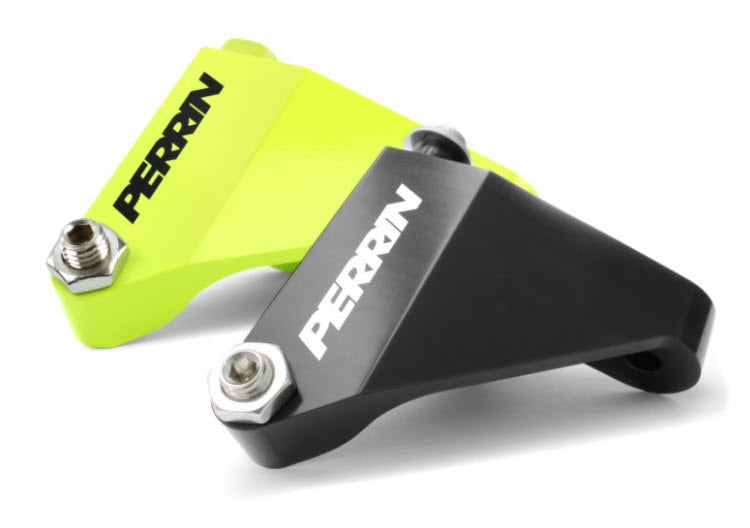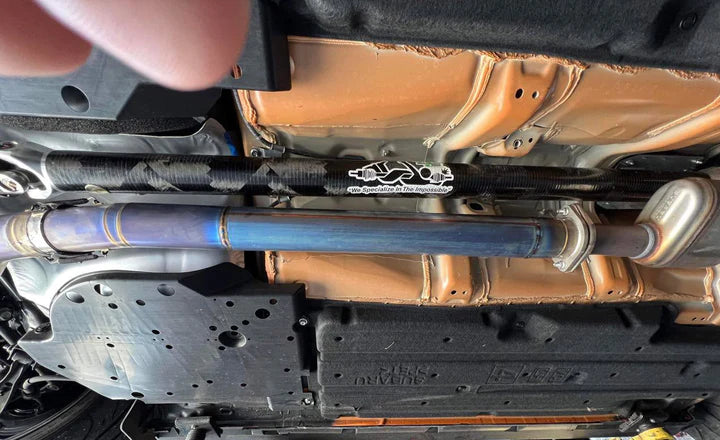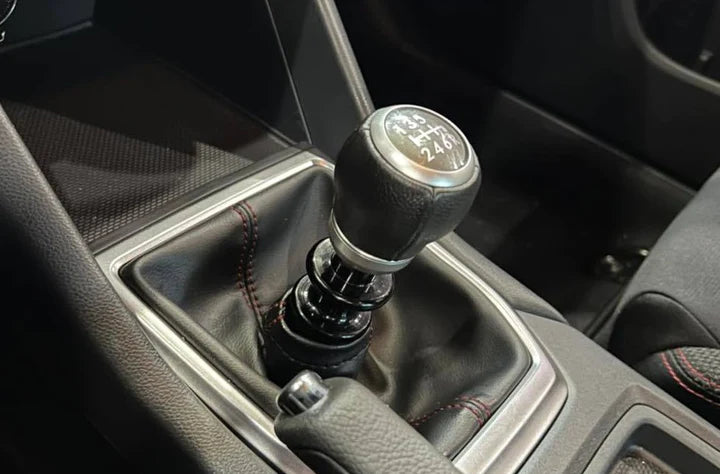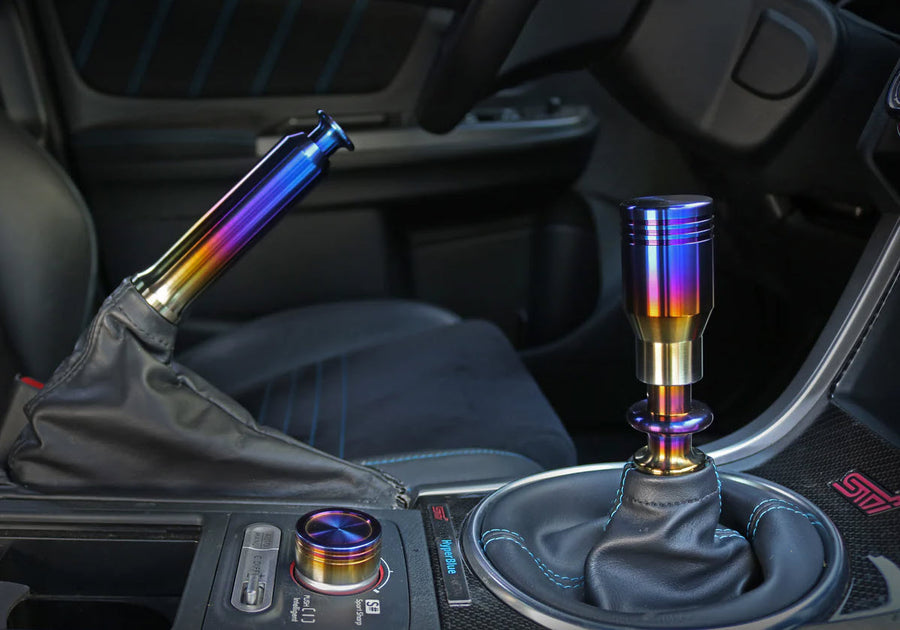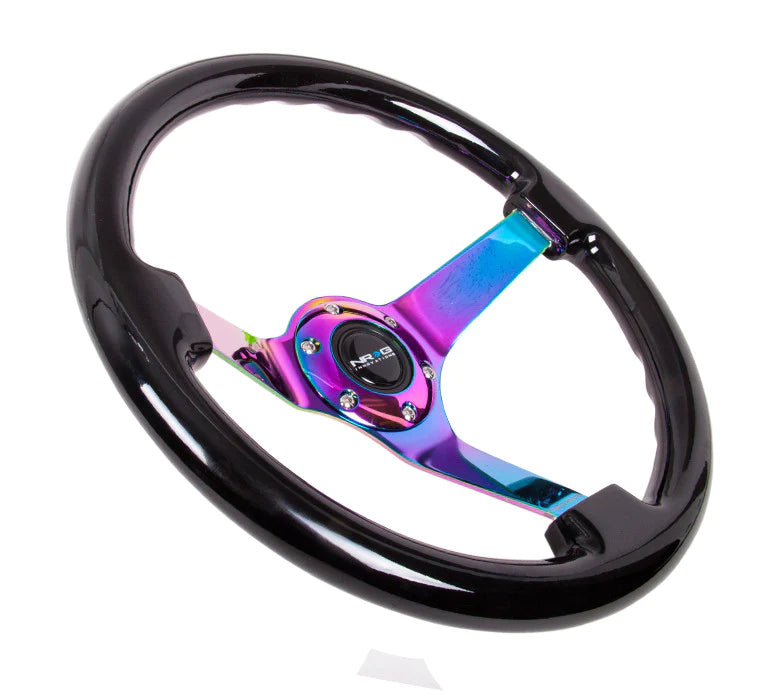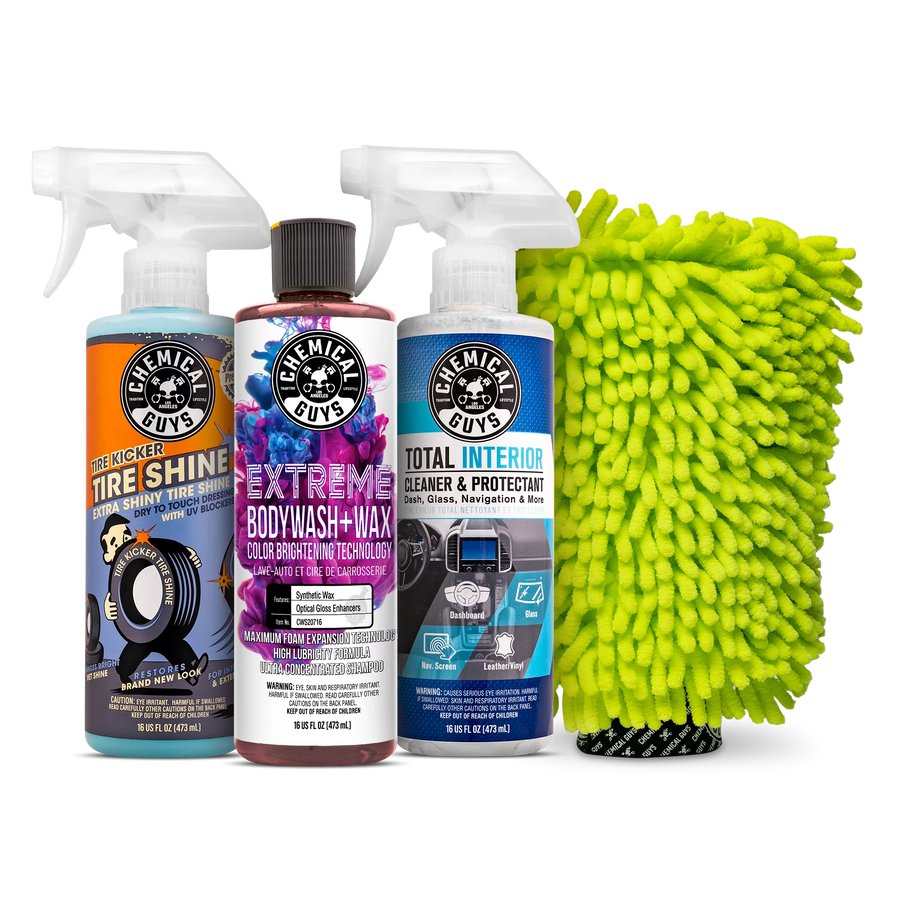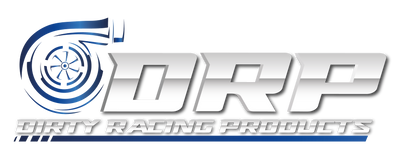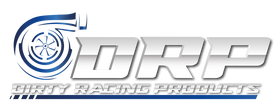Mistakes To Avoid When Installing an Air/Oil Separator

An air/oil separator is crucial in various industrial settings, primarily in the automotive and manufacturing sectors, as it helps separate oil mist from the air stream. The primary purpose of the air/oil separator is to maintain the efficient operation of engines and machinery, reduce pollution, and extend the life of the vehicle or machinery’s components. Despite its importance, many users make avoidable mistakes when installing an air/oil separator, leading to reduced performance and potential issues.
Common Mistakes During Installation
Incorrectly installing the separator is one of the key challenges users face. Placing it too close to heat sources or in areas with limited ventilation access can hinder its efficiency and maintenance. Many users also don’t pay enough attention to the required airflow rate, leading to them purchasing an undersized or oversized separator.
Failing to follow the manufacturer’s instructions regarding the separator’s proper anchoring and positioning is another key mistake. Such errors can increase vibration, noise, or even component damage.
Consequences of Installation Errors
Installing the engine oil separator can positively impact the air/oil separator’s performance and the system’s overall efficiency. Improper installation can lead to a reduction in the separator’s service life, which may result in costly repairs and decreased performance. Furthermore, any mistakes in the installation process can also result in increased emissions and pollution, thereby violating regulatory standards.
Proper Installation Procedure
Follow these step-by-step instructions for proper installation, optimal performance, and efficiency:
- Select the appropriate location: one that is easily accessible, has adequate space for maintenance, and is away from direct heat sources.
- Determine the required airflow rate: based on the equipment’s specifications and operating conditions.
- Choose the correct separator size: it should match the airflow rate determined in the previous step.
- Follow the manufacturer’s instructions: it will describe the separator’s proper anchoring and positioning.
- Properly connect the separator: Check that all the connections, such as hoses, pipes, and electrical wiring, are correct.
- Verify operation: run the system to confirm proper operation and check for any abnormalities, such as noises, vibrations, or leaks.
You can ensure the seamless operation of the air/oil separator and maintain the performance and efficiency of your equipment by following these steps and avoiding common installation mistakes.
Knowing which mistakes to avoid when installing an air/oil separator is essential for the optimal functioning of various engines and machinery. Users can prevent performance issues and keep their systems running efficiently by adhering to the separator manufacturer’s detailed installation instructions. Want an air/oil separator for your vehicle? Contact us at Dirty Racing Products and we will happily help you get what you need.


